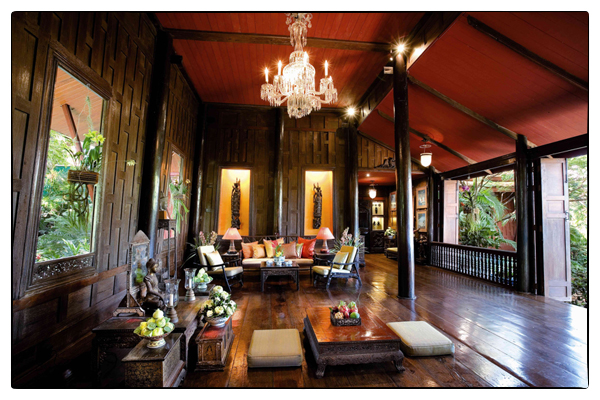
The Jim Thompson House in Bangkok. Thompson revived the Thai silk industry before mysteriously disappearing while on a trip to Malaysia.
I stayed up late last night writing a long email to Jan about the Jim Thompson House in Bangkok. I patiently explained who Jim Thompson was—a WWII American spy who settled in Bangkok after the war and pretty much single-handedly resuscitated Thai silk weaving before mysteriously disappearing while on a walk in the Malaysian highlands in 1967. I really wanted her to get a sense of the aura of this guy and his house so my email was very detailed.
The next morning Jan wrote me back: “I’ve been there. Everyone knows who Jim Thompson is. His Bangkok house has been in just about every design magazine published. Glad you finally made it.”
Well, okay. I guess I was the only one in the world who had never heard of Jim Thompson.
To be honest, his house (which has been turned in to a museum) is interesting, but what really fascinated me was the man himself: an American spy who leaves his wife in the states and moves to Bangkok where he becomes this mysterious figure who collects rare Asian art, and then just disappears on Easter Sunday, 1967. And it’s not like they didn’t look for him. At the time, the authorities launched what was called “the biggest hunt in Malaysian history,” more than 300 Malaysian soldiers and police combed the path he supposedly took for 11 days. Yet not a single trace of Thompson was ever found.
“I am fully convinced,” said one of the search organizers, “that Thompson isn’t in the jungle. We went further into the woods, starting off from where the police field force men had earlier left off, but we could not find any clue which could be of use in leading us to him.”
If all that wasn’t mysterious enough, on August 30th of that year, his older sister was found bludgeoned to death in her Pennsylvania home. Nothing in the house was stolen, nothing disturbed; police found it all very puzzling. Why would anyone want to murder Mrs. Katherine Thompson Wood? The case was never solved; and to this day there are still no clues as to what happened to Jim Thompson.

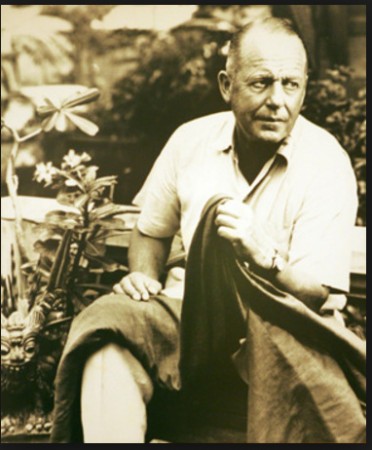
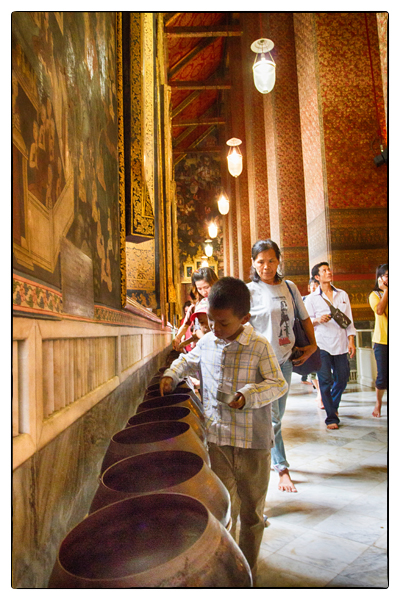

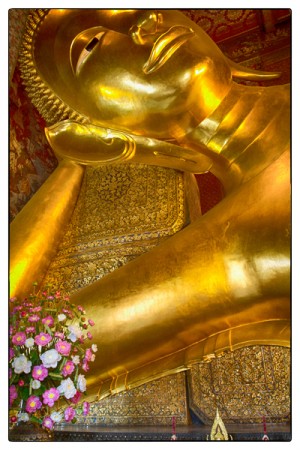




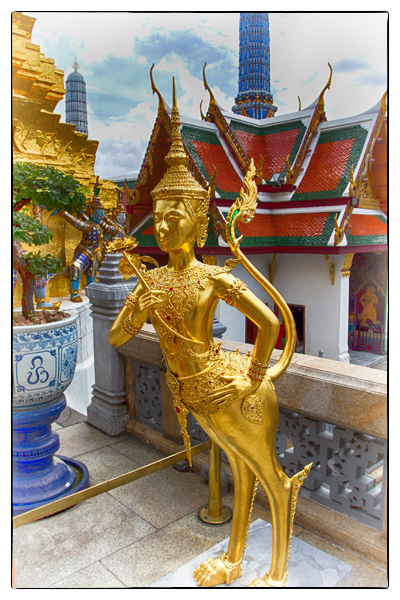
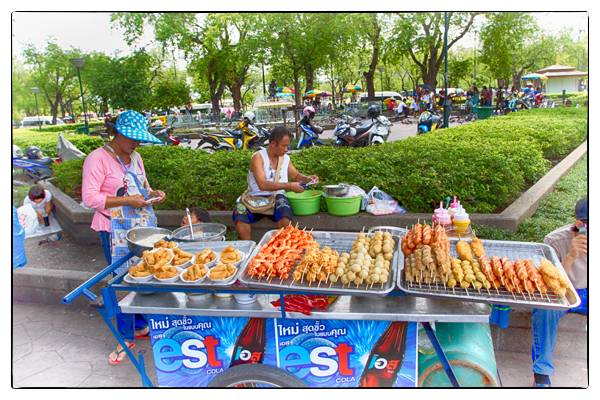
Recent Comments